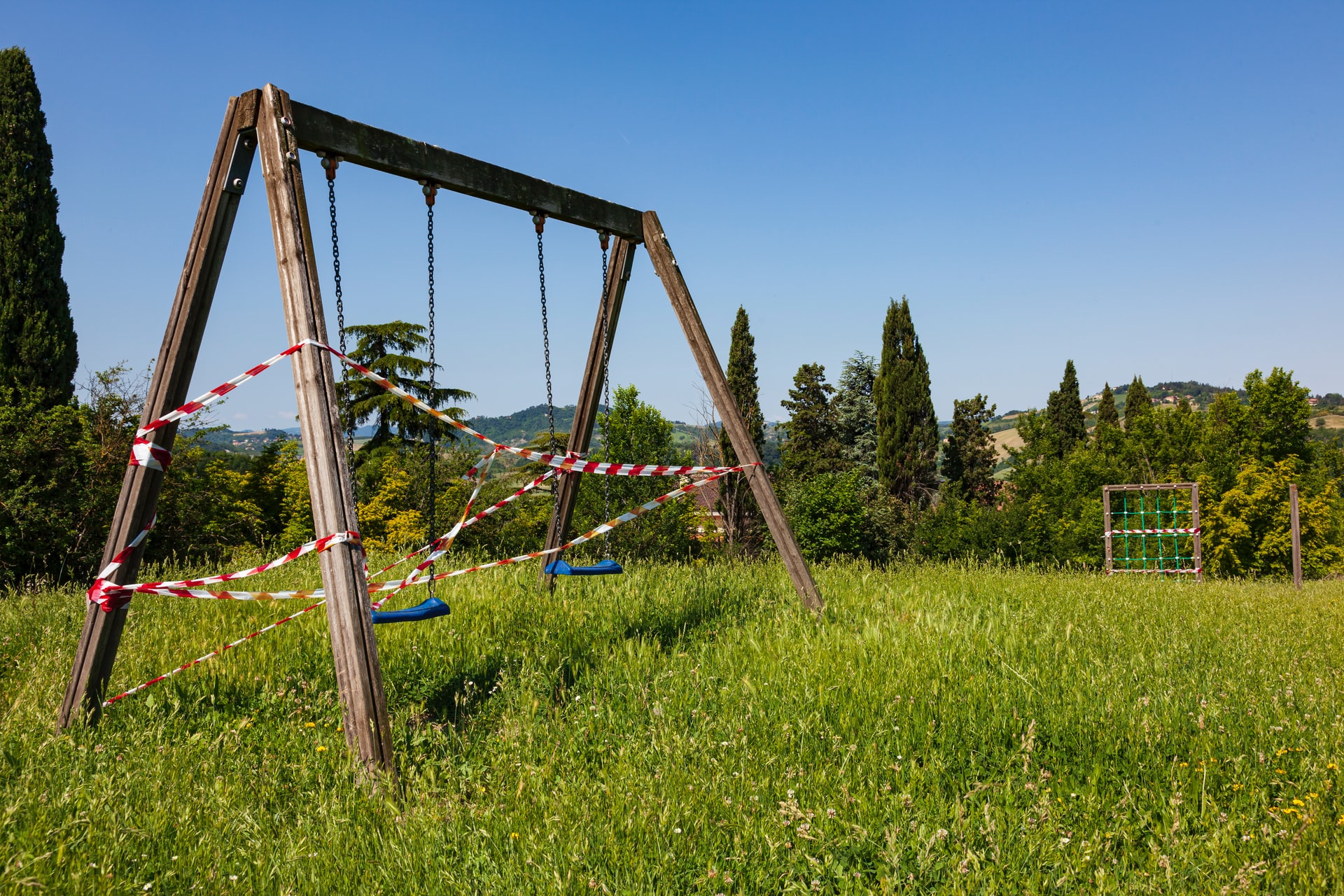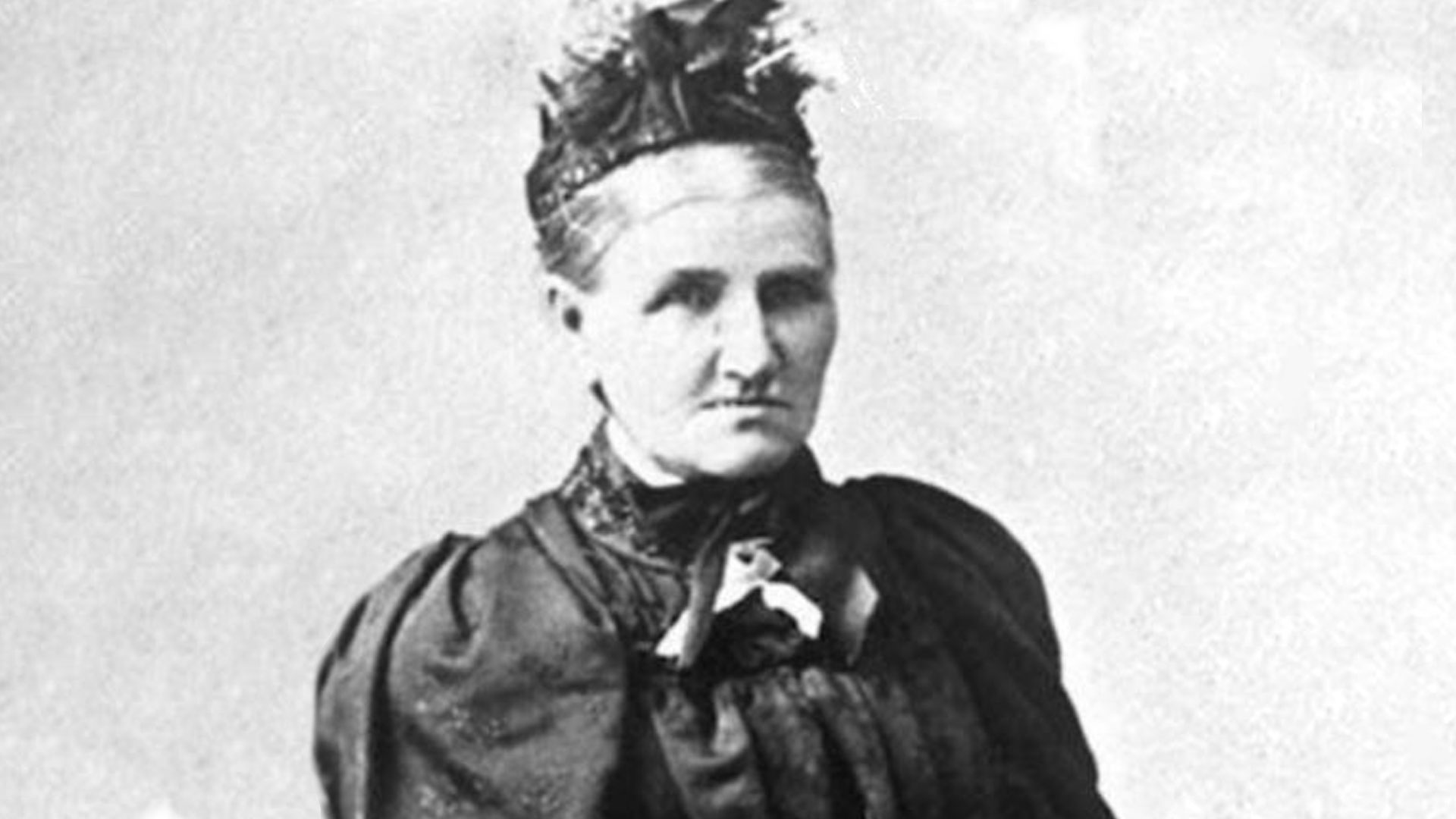The paths, ways, and roads around Stenhousemuir have a long history reaching back to the Romans and including cattle droving…
Putting Colour in the Painting
The Falkirk Community Trust (FCT) Great Places project has decided to cast its eye over Stenhousemuir, and cheerful volunteers like me are now aiming to dig out as much colour as we can from the area, focussing initially on McCowan’s of toffee fame.
My involvement with FCT has partly been through the Oral History side of things, which involves recording interviews with various folk. In asking people to take part I have tended to use a shorthand to explain the process to possible participants: I say that when we read history we understand things in black and white, something like a colouring book needing to be coloured in. What an interview does is to make a black and white picture into a coloured painting.
As Falkirk Archives have acquired the complete McCowan’s archive, there is work to be done. It will no doubt be worthy and important, but for the existing dozen or so volunteers their probably is not enough room in the trough for all us volunteers to stick our inquisitive noses in it.
But Falkirk Council has a plan. It probably has more than one but more specifically it has a core paths plan, and a mighty plan it is. So mighty that it helped win an award for the best walking area in the UK, which may seem a little strange, given the classic hill country to the North. But it remains a fact that the award was won, and probably rightly so. The core paths plan will tell you pretty much anything that you might know about Falkirk paths. Or not, depending on your point of view. It is undeniably a piece of work to be admired. But what does it mean?
Falkirk’s Paths & Trysts
I like the footpaths plan and I very much like the sense of “wandering through” implied by the roads that pass through and around Falkirk.
As a general rule, in Scotland the word “tryst” was a market “established by agreement between buyers and sellers.” The Trysts were places where highland cattle were bought and sold, turning cattle raised in the highlands to be converted into specie. They were also places where Gael met Sassenach, a meeting of cultures, an inevitable dialectic with all that that means. Falkirk Tryst was a meeting place between two cultures, with cattle markets and droving functioning despite the Jacobite upheavals which asks questions about our understanding of Stenhousemuir within the context of the 18th Century.
We can easily recognise the significance of the Falkirk Tryst, a finishing point for the drove roads that seeped their way south, the cattle bound to feed the growing demand to feed those folk to the South. Before settling on the Stenhouse Muir, the Falkirk Tryst had other incarnations: Rough Castle, Reddingsrigg (more commonly Reddingmuirhead) before finding its final regular location at Stenhousemuir.
The history of Falkirk roads and ways goes much deeper, is much older.
fields['text']) echo $section->fields['text']; ?>
Roman Roads
These days, Rough Castle is best known for the Antonine Wall. The Roman road behind the Antonine Wall was used long after the Romans left as a droving route from the north and north west. The drovers visiting Reddingmuir would be passing along a well-constructed though somewhat careworn route, passing through and by the Roman Fort on the Antonine Wall at Rough Castle. The building of the Forth and Clyde Canal, which runs parallel to the Antonine Wall, was in some part responsible for the Tryst shifting North to the final Falkirk Tryst location in Stenhousemuir.
Battlegrounds & Drovers
Accounts of the Battle of Falkirk in 1746 describe the 15 or so minutes of battle that took place on the common land on the braes above Falkirk. They refer to a deep ravine which had a considerable effect on the battle itself. That ravine runs at right angles to the drove route to Reddingsrigg. This was an advantage for the Jacobites, many of whom were likely to be familiar with the area as cattle drovers rather than soldiers. King George’s army would not have had the same knowledge of the ground in the area.
Originally, the drove routes did not always stop at Reddingsrigg or Stenhousemuir, and the drove route to the borders markets passed through the border country to Romanno Bridge north of Peebles, down to the Scottish border.
Between the start of the sixteenth and middle nineteenth centuries, the traffic of cattle between the North of Scotland and the Borders saw the development of numbers of trysts which increasingly supplied cattle to the growing population of Great Britain. That story goes beyond the annual Tryst Fair at Stenhousemuir and tells us that for hundreds of years Falkirk stood at the centre of commerce in Scotland.
fields['text']) echo $section->fields['text']; ?>
The Tryst Fair still goes on and remains an annual entertainment, known as “the shows.” It still annually draws (predominantly young) folk from all over the district to have a good time and to meet each other. There are, however very few cattle on show, the closest being the metal ones in the shopping centre that celebrate the former glories of the thousands of beasts that arrived annually from the North.
By Russ Edwards, Great Place volunteer.

